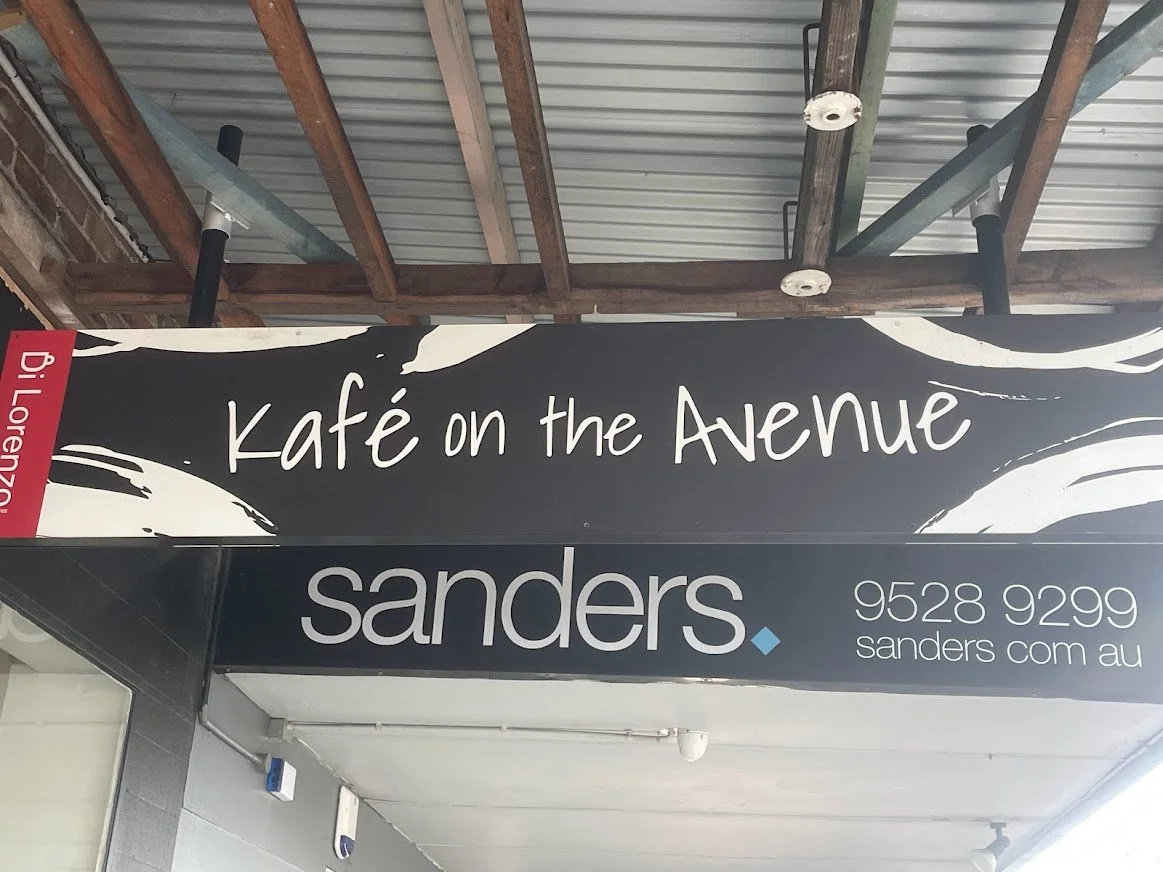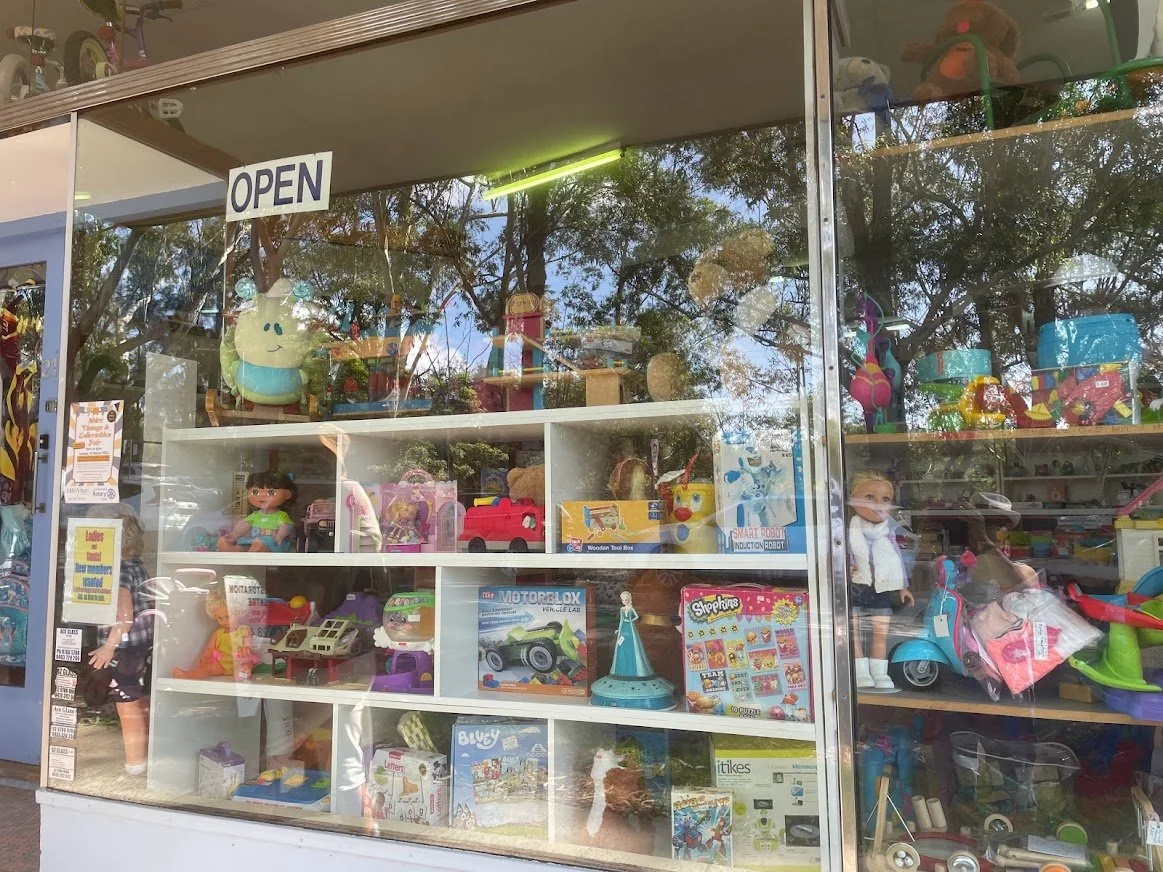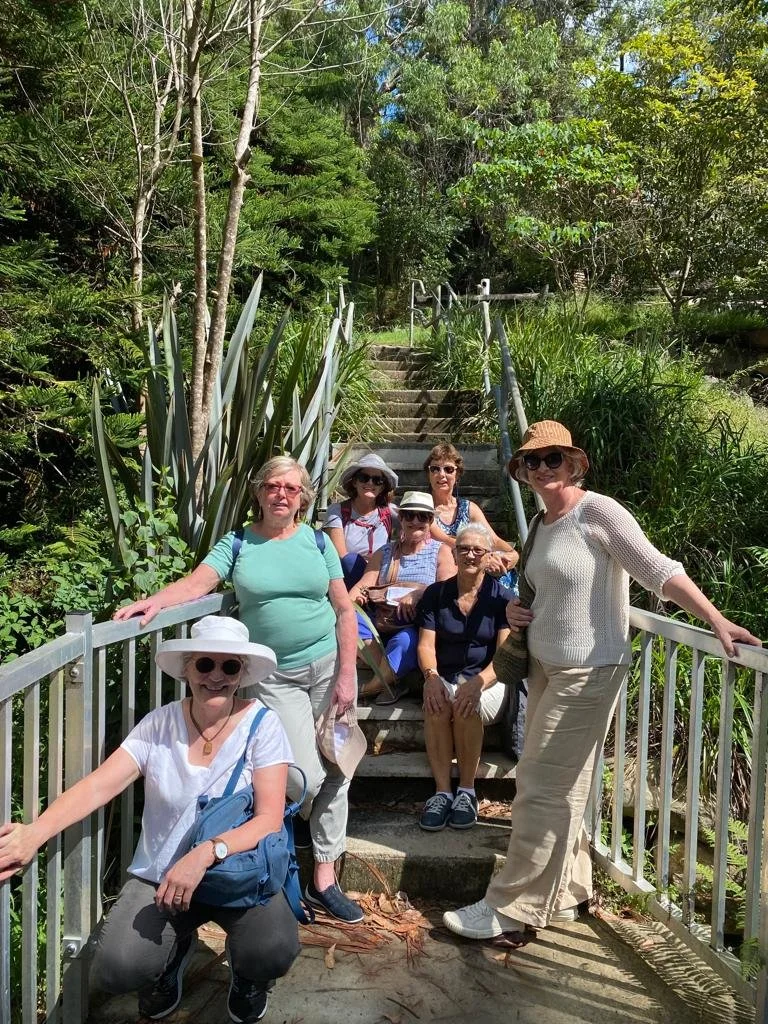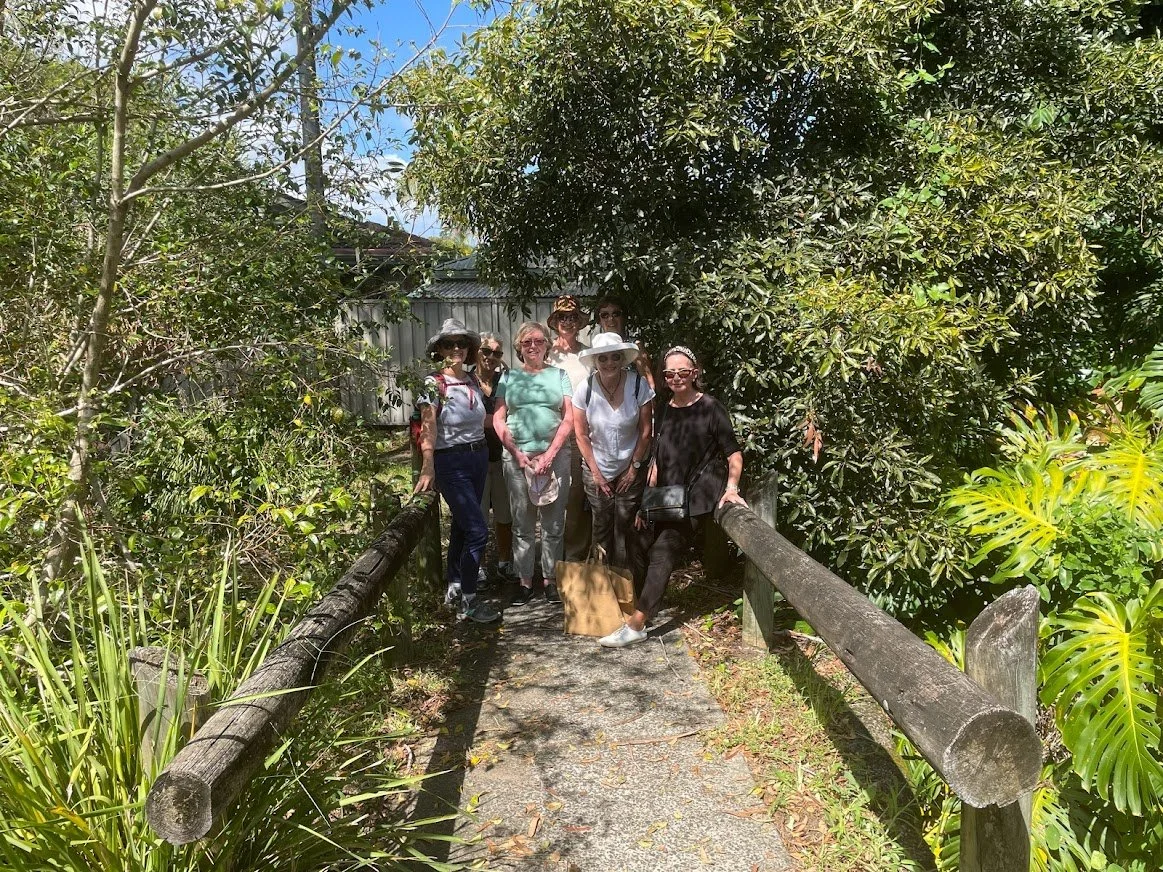Jannali
Background
The earliest inhabitants of the area were the Dharawal people. Samuel Gray, a member of the Legislative Assembly (1874 - 80), purchased land in 1878 along what became the proposed railway line. One of many politicians to benefit from transport planning over the centuries! Not surprisingly he, with others, advocated for the building of the Illawarra railway line. The line between Como and Sutherland opened in 1885. Jannali, believed to be a variation of the First Nations name for ‘moon’, was the name of a signal box along the railway line. Families started to move to either side of the railway line from 1910 but a lack of transport and accessibility slowed growth; the closest bridge to cross the line was at Sutherland. After much lobbying, in 1931 the railway station and traffic bridge were opened. As the Depression took hold, families forced from the city moved to the Jannali area, provided with no deposit loans and small repayments of ‘5 bob a week’ . Over a thousand public houses were built in the area after WWII, many have been rebuilt since. Today the fast train to the city makes the area more attractive.
After a coffee kickstart at Kafe on The Avenue we discovered a beautiful toy store, Sutherland Shire Toy Restoration Centre, staffed by around 38 unpaid, retired volunteers practicing their skills by restoring toys. The Centre was the brainchild of Ted Booker, a Sutherland Shire Council Welfare Officer who began collecting toys for needy children in 1975. Many needed repairing and Ted found willing helpers amongst local seniors, achieving his second objective of creating a community where retirees could socialise and use their skills. The range of donated and restored toys was extensive and prices reasonable, it was hard for us to leave. Last year over $14,000 was raised and donated to local charities, especially those helping women and children.
Up to Alice St, the home of Clive James’ Aunt Dot and Uncle Vic (not sure of the street number). Whilst renowned as ‘the Kid from Kogarah’, Clive and his mother moved to Jannali on the advice of his father who volunteered for WWII and believed the centre of Sydney would be blown up by the Japanese and the bush of Jannali would be safer. Clive references Jannali in his Unreliable Memoirs - Valley of the Killer Snakes ‘Jannali was not quite the bush proper, but it was certainly an outer suburb. You could walk over the next hill and be back in the sort of country that the convicts used to die in when they ran away. Not that they would necessarily have died of hunger. There is plenty for you to eat. Unfortunately there is also plenty that wants to eat you.’ Clive was a reluctant student and spent many days feigning illness to get out of going to primary school.
We headed a few blocks away to the Jannali primary school, opened in 1944. Bill Collins, a film critic and film historian with a passion for Hollywood films lived in Jannali (72 Wattle Rd). His mother, Rita, taught at the primary school. Bill talked of his mother ‘hardly a week goes by that one or two people do not come up to me to let me know that they were taught by my mother at Jannali and how much they loved her’. He then moved on to Ingrid Ave Kareela, Illawong, the Blue Mountains and finally Berry.
Another student of fame that attended Jannali primary school was Ray Martin, television journalist, whose mother moved the four children to Adelaide, escaping Jannali and his father’s violence.
We then meandered back past the varied houses, across the railway station, experiencing the hills and valleys - and less shade - to get to the Oyster Gully pedestrian bridge. Picturesque bushland and lots of up and down stairs and slopes.
Kareela
Quite a trek to the Kareela Village, a local shopping centre. The name Kareela, was derived from a First Nations word meaning ‘place of water and trees’ or alternatively 'south wind' or 'wind rider'. The suburb was developed from 1953. Many of the streets are named after Sydney to Hobart Yacht Race winners and line honours winners.
It was still hot and hilly as we walked to The Pan & Stone for lunch, a converted warehouse licensed café well known for its smoked beef brisket. Lots of time to cool down and recover. Out the back of the café was Botanica Lane, selling plants in a peaceful setting.
Kirawee
We turned the corner into the suburb of Kirrawee, split by commercial, industrial and residential properties. The Sutherland Shire LGA suggests two possible origins for the name Kirrawee. The first possibility is that it derives from a First Nations word meaning 'lengthy'; the second is that it derives from a Dharawal word gi(a)rrawee)i) which means 'place of white cockatoos' or 'sulphur-crested cockatoos. The current signage erected by the Council uses 'place of white cockatoos' as the accepted meaning for the suburb name. The name was adopted in 1939 with the opening of the railway line.
Up ahead is a Bourke St Bakery, full of great treats.
We passed lots of variations of housing on the final part of the walk back to Jannali and home.
References
https://dictionaryofsydney.org/entry/jannali
2020-Sutherland-Shire-Origin-of-suburbs-place-names.pdf (nsw.gov.au)
https://www.shirehistory.org/uploads/1/0/9/1/109164607/139_2001_may.pdf
https://www.facebook.com/sutherlandtoyrestoration/
Books: Unreliable Memoirs — Valley of the Killer Snakes | clivejames.com
Ray Martin (television presenter) - Wikipedia
Ray Martin tells how he escaped his violent father | Herald Sun





















